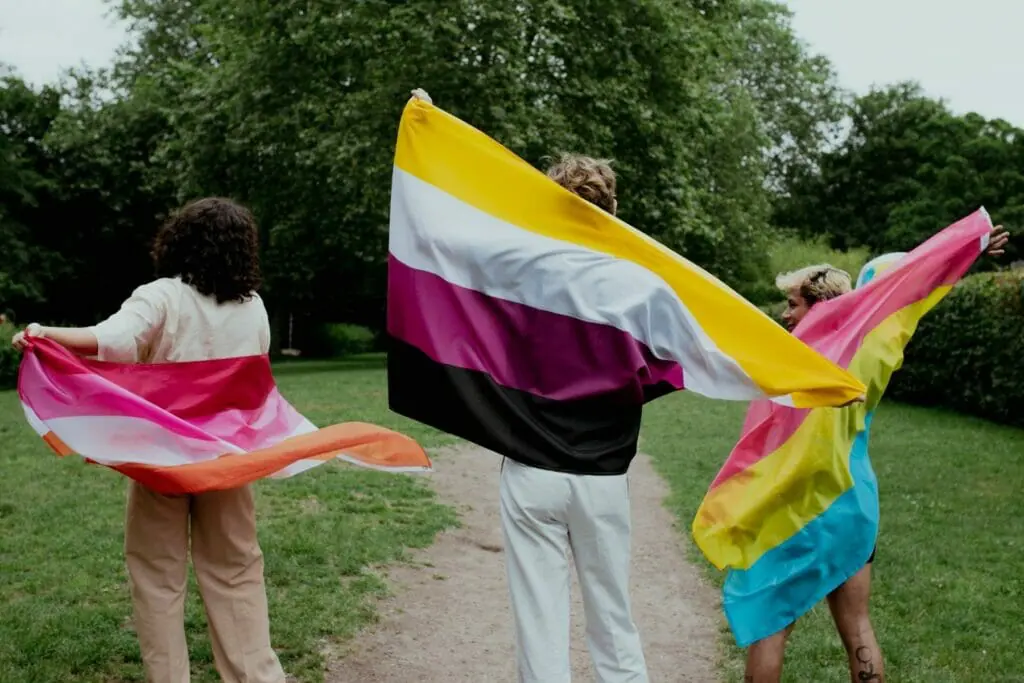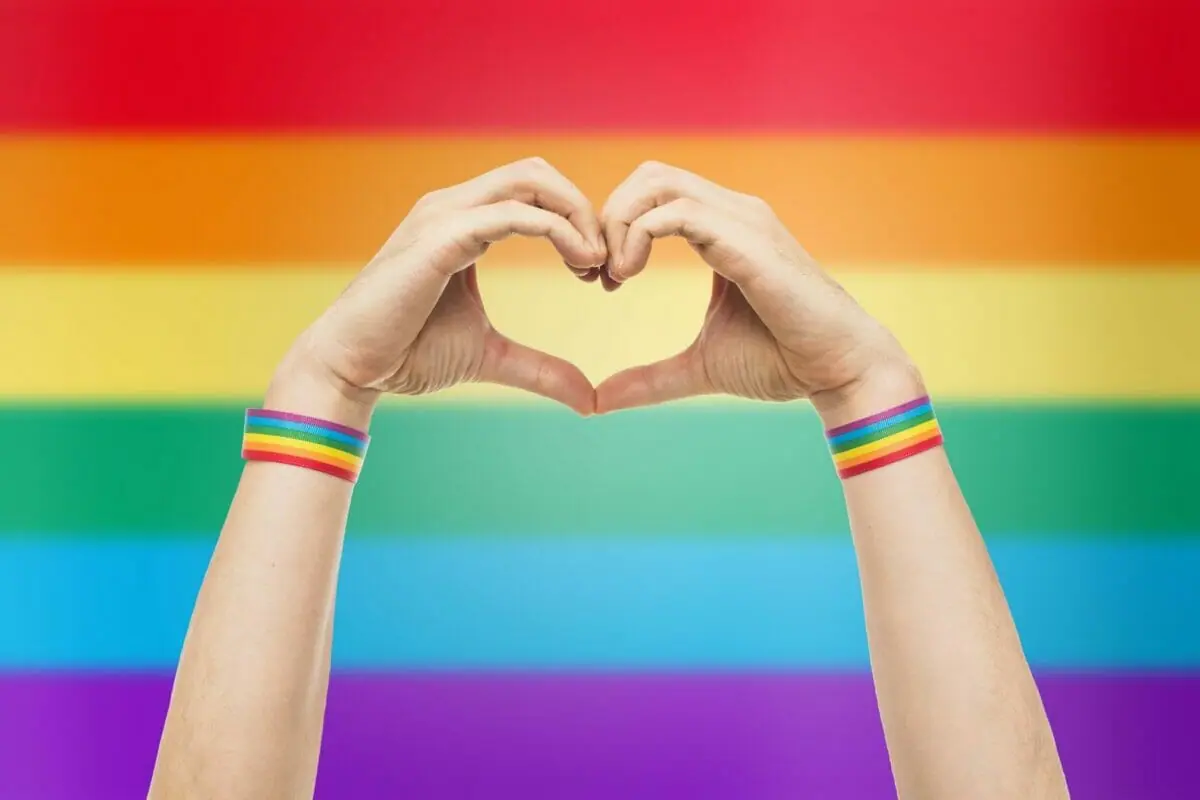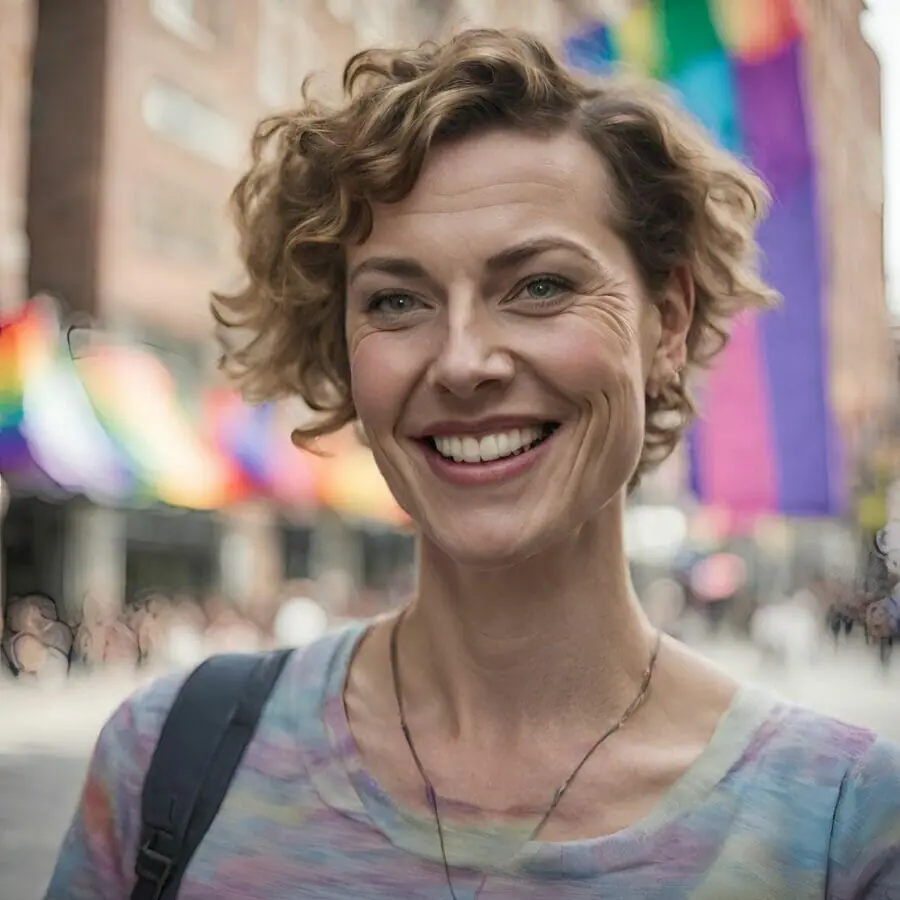Thinking of how to be an LGBT ally? Fantastic! Whether you’re just learning how to be a good ally or have been one, there’s always space for improvement. Chances are, you know at least one person who identifies within the LGBTQ community. It could be a workmate, a friend, or a family member.
Even though speaking about and supporting LGBTQ people has increased recently, most of our queer community’s members still experience discrimination, bias, hate crimes, and barriers to healthcare. This is why you need to be a better ally.
The LGBTQ+ community and allies have to work together to build an inclusive society for LGBT diversity. In this day and age, it’s disappointing that people of different genders, sexualities, and sexes are still experiencing discrimination that may negatively impact their well-being and health.
When you learn how to be an active ally, you can affirm the commitment of the LGBTQIA+ community to inclusion and kindness.
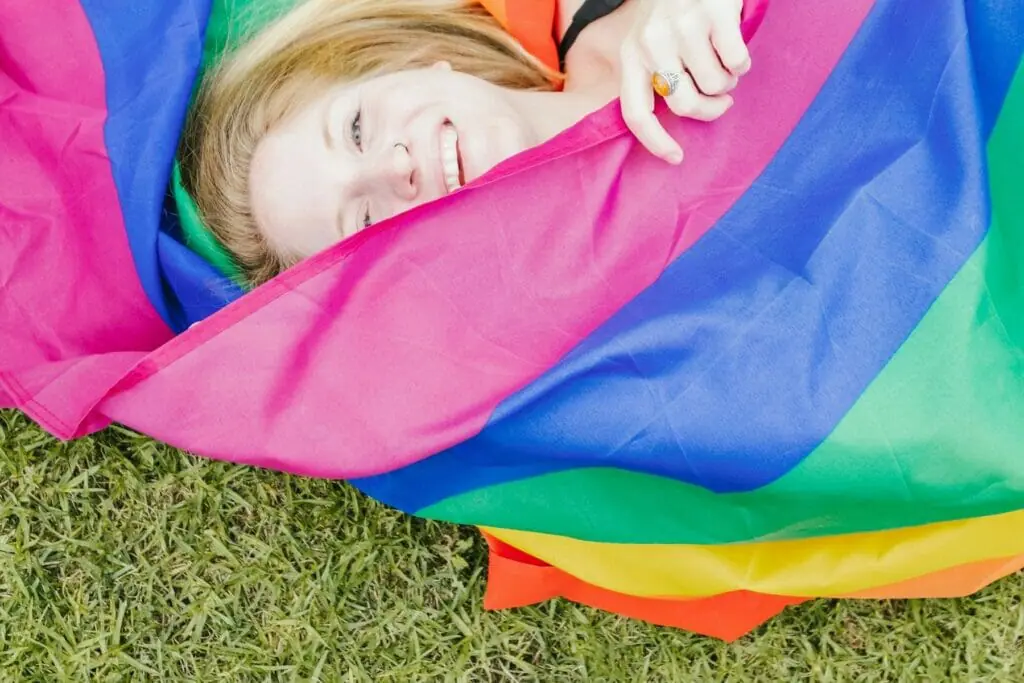
What Is An LGBT Ally?
An LGBTQIA+ ally is a person that supports the queer community and equality in various forms. Heterosexual and cisgender (those who identify with the sex assigned to them at birth) can be allies. Other LGBTQ people can also be allies if they support another LGBT person’s struggles and needs.
Your support as an ally can be in private or in public. When figuring out how to be an effective LGBTQIA+ ally, one of the most vital things you can do is possess a desire to understand and learn to help LGBT diverse people feel included and supported.
As an LGBT ally, it’s vital to understand that LGBTQ people are all different and unique. As a result, they will each define being LGBT differently and possibly target different types of allyship.
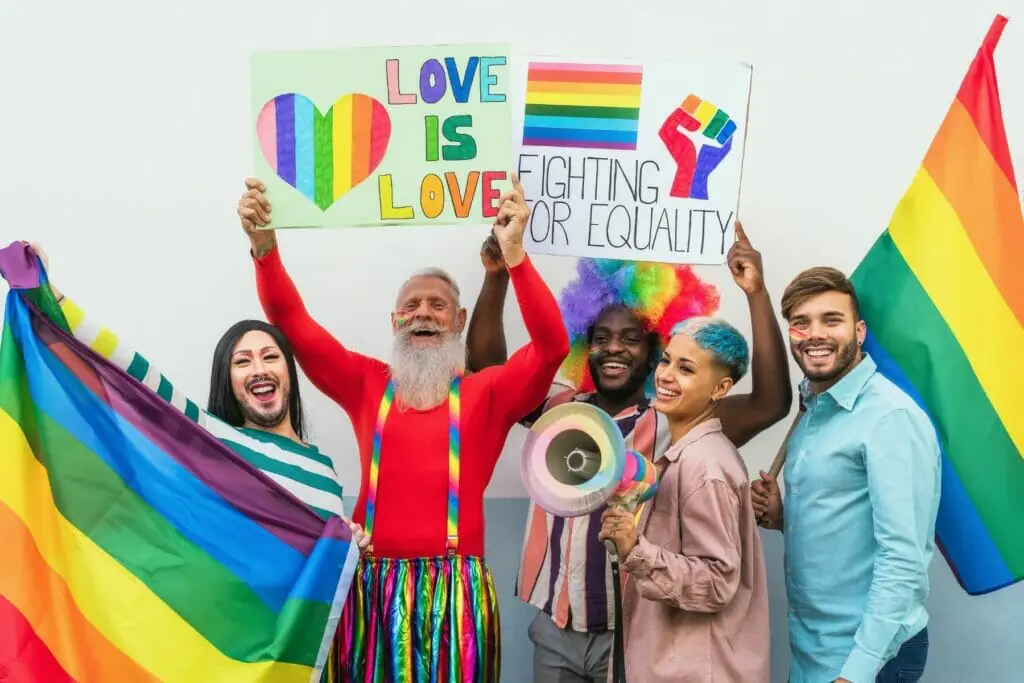
Why You Should Learn How To Be An Ally
The support of cisgender and heterosexual allies is crucial when speaking for and with members of the LGBT community. Allies come from different walks of life, and they can use their positions to fight against discrimination in marginalized communities such as the LGBTQIA+ community.
Even though learning how to be an ally rewarding, it can often be challenging. However, with your help, the world can be safe, affirming, and better for everyone. Keep in mind that civil rights movements require the help and support of allies to thrive. And this is what is also involved in the fight to attain LGBT rights.
The fight for LGBTQIA+ rights is, in its own right, a fight for civil rights. And, having allies in the equation can help balance things out and result in significant progress. Whether at school, in the office, or our social spaces, showing and giving support to LGBT people helps ensure that the entire community has access to equal opportunities that will help them succeed.
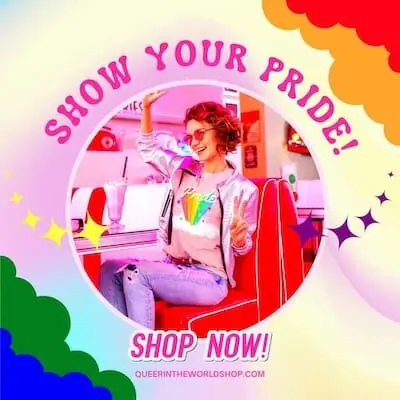
It also helps to ensure that challenges faced by LGBTQIA+ individuals are addressed.
Rather than standing on the sidelines, you must become an LGBT ally and raise your voice when your encounter opposing views, even if they’re from your community. When considering allyship, you should remember that diverse communities can serve others in unlimited ways.
The LGBTQ+ community is diverse. It’s made up of people of different faiths, individuals, people of color, different professions, and differently-abled people, among others. Considering this, you can be an ally in your professional life, through voluntary organizations, and on an individual level. One of the best ways to protect each other today is to stand with embattled minority communities.
The issues involved are vital for our world, country, and communities.

How To Be An Ally For Diversity
Whether you’re figuring out how to be an ally in the workplace, at school, with friends, or with your loved ones, you will help create an inclusive space where everyone is free to be who they are. We all perform better when we’re allowed to be ourselves.
As an ally, you encourage an environment where everyone around you feels safe, included, and can bring their best selves. Below are some suggestions on how to be an ally to marginalized communities. Keep reading.
Unlearn and Challenge Historical Stereotypes
The first thing you have to do when learning how to be an ally to LGBT people is to identify, acknowledge, and challenge stereotypes and biases you’ve learned about the community. For example, until 1973, the American Psychiatric Association criminalized homosexuality.
In addition, misinformation about the AIDS epidemic in the 1980s was damaging to the LGBTQ community. Surprisingly, this didn’t only happen in America; it happened all over the world. In the United States, a military policy prevented gay and lesbian people from identifying openly and serving in the military. Things only changed in 1966.
You must go back in history and rethink all you were taught before about the LGBTQ community and the issues surrounding them. Consider how the information you were taught reflects on the community. Even though you know that the information you have about the LGBTQ community in the past isn’t accurate, you probably haven’t thought about its damaging or adverse effects on older LGBTQ+ adults.
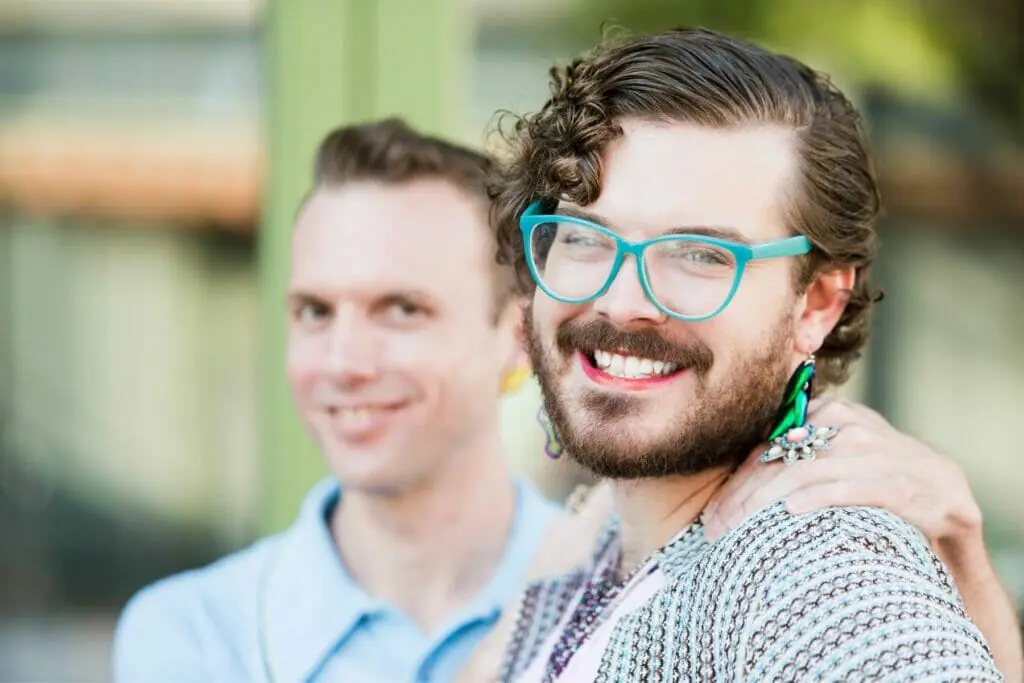
Educate Yourself and Stay Informed
The next thing you can do is to follow LGBTQ+ news or topics. Keep up to date on current issues the community faces. There are plenty of news articles and blog posts written by LGBTQ+ people and their allies, so read as much as you can. Educating yourself also involves being aware that language evolves, so you should keep open-minded to new ideas and concepts.
If you aren’t familiar with certain words, look them up or ask what they mean.
However, it would be best if you didn’t ask everything. Try and do some research on your own if you want to learn how to be a good ally. You don’t have to ask LGBT individuals what the word LGBT means. Find your own information. That’s the best point to start.
There are plenty of online resources you can use. YouTube, Google, and LGBT media are excellent choices and will give you an idea of the LGBT questions you have. Even if you feel there are many terminologies involved, understand that all identities are valid and present unique challenges.
Remember that LGBTQ+ individuals experience various levels of discrimination based on their physical ability, skin color, physical ability, and sometimes, background. To educate yourself about the LGBT community, you have to delve into their past. There’s a lot to unpack and learn, so be patient with yourself even if you don’t understand everything at first.
It’s essential to educate yourself about LGBTQ civil rights movement and how it was born through the 1969 Stonewall riots. Learn what transpired before the event and understand why the LGBTQ community celebrates Pride Month in June.
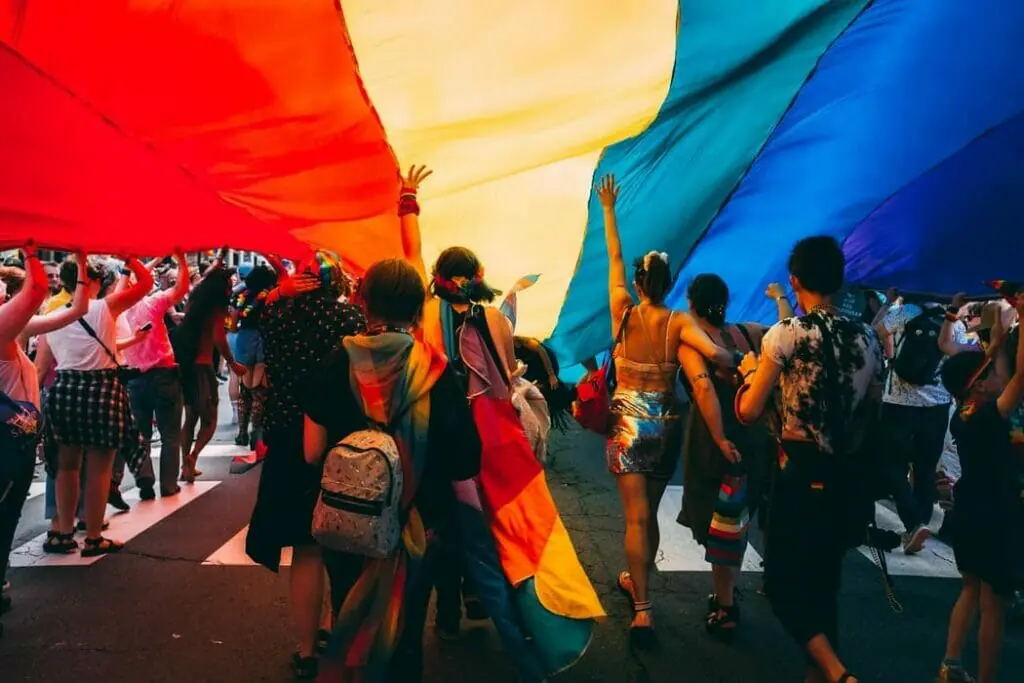
Learn Inclusive Language and Use it.
Language is a big deal within the LGBTQ community. As an ally, you must learn how to use the proper pronouns and words when describing someone’s gender identity, sexual orientation, or referring to someone. You mustn’t assume someone’s sexual orientation or gender identity.
If you aren’t sure or think the language and pronouns you use are inappropriate, it’s better to ask. You can’t tell what someone’s gender identity or sexual orientation is just by looking at them. Don’t assume that someone is straight just because they’ve got kids on their arms. Below are a few terms you should learn. Even though the list isn’t exhaustive, you will have an idea of what we mean.
- LGBT: Stands for Lesbian, gay, bisexual and transgender. It is also used as a stand in for the entire diverse LGBT community – and can have many other letters after it. We use it to reflect our entire rainbow community including asexual, non-binary, agender, aromantic, demisexual, genderqueer and much, much more.
- Queer: This term is historically derogatory (some people in the LGBT community still think it is). However, it is widely used as an umbrella term that means different things to many individuals in the LGBTQ community. It can refer to gender identities that aren’t within the binary spectrum of male and female.
- Bisexual: this term refers to someone attracted to people of the same identity as themselves and people of different gender identities. Bisexual people do not need to have equal levels of attraction or experience with people of different genders. They also don’t need to have any experience with different genders for them to identify as bisexual.
- Cisgender: refers to people whose gender identity is in line with the gender they were assigned at birth.
- Transgender: This term means that you express or experience gender that doesn’t align with the one you were assigned at birth.
- Gender non-conforming: refers to individuals that don’t identify as a woman or a man.
- Pronouns: some people use ‘they/them’ pronouns. If you’re not sure what someone’s pronouns are, you should ask. A good way to go about it would be to introduce yourself with a pronoun you feel best suits you. If you don’t know how someone identifies, you can also ask them respectfully. Some people may identify as genderfluid, nonbinary, genderfluid, or genderqueer. When addressing a crowd, use gender-inclusive terms such as ‘partners,’ ‘siblings,’ or ‘folks.’
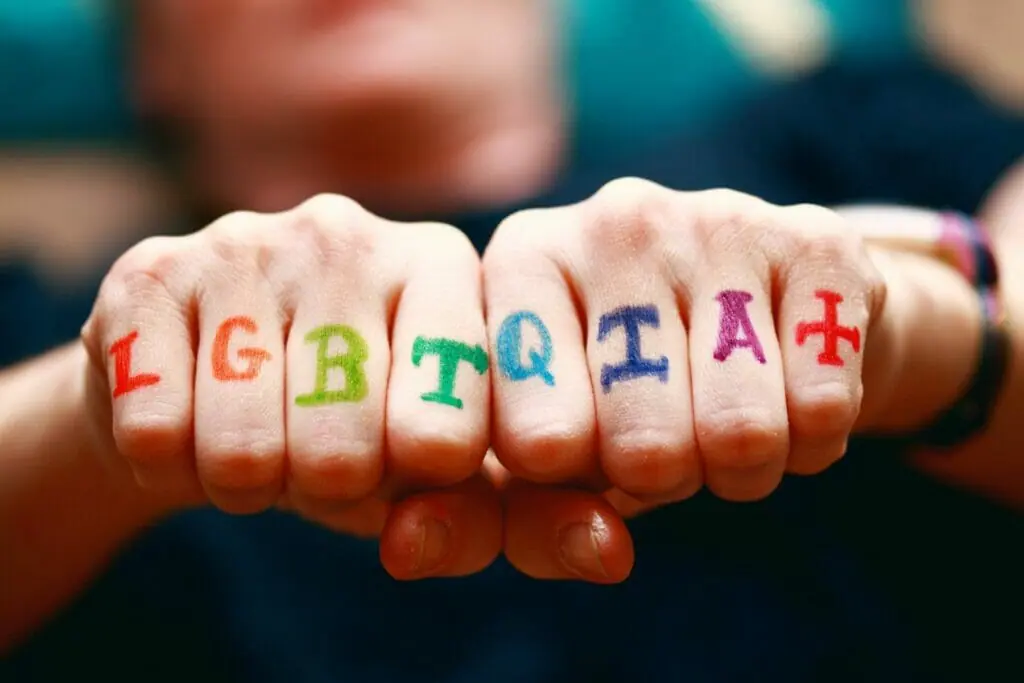
Listen to People Within the Community
To deepen your understanding and support for the LGBT community, it is crucial to engage in meaningful conversations with its diverse members. This process not only enriches your perspective but also fosters a genuine allyship. When discussing their experiences regarding gender identity, sexual orientation, or life history, it’s important to approach these interactions with sensitivity and openness. If you’re not already connected to LGBT individuals, proactively seek out varied groups to learn from.
Consider exploring questions such as:
- “Can you share your journey of self-discovery and growth?”
- “At what point did you recognize your true identity?”
- “How did you navigate the timing and process of coming out?”
- “What has your experience been like since coming out, and how can I support you in your journey?”
When initiating these dialogues, ensure the individuals feel comfortable and under no obligation to share more than they wish. It’s vital to create a safe space, steering clear of topics that might evoke discomfort or painful memories.
It’s also beneficial to enrich your understanding through literature that reflects the diverse experiences within the LGBT community. Consider delving into books with gay main characters, classic LGBT literature, works exploring bisexuality, intersex narratives, and stories about non-binary experiences. These literary journeys can provide deeper insights into the complexities and richness of LGBT lives, enhancing your empathy and understanding.
When engaging in conversations about gender identity or sexual orientation, confidentiality is paramount. This respect extends to all individuals, including those who are transgender. It’s important to avoid intrusive inquiries about personal medical histories or surgeries, regardless of your relationship with the person.
In summary, your approach should be one of respectful curiosity, active listening, and a commitment to continual learning, both through personal interactions and by exploring the wealth of LGBT literature available. This combination of direct engagement and literary exploration will foster a more nuanced and empathetic understanding of the LGBT community.
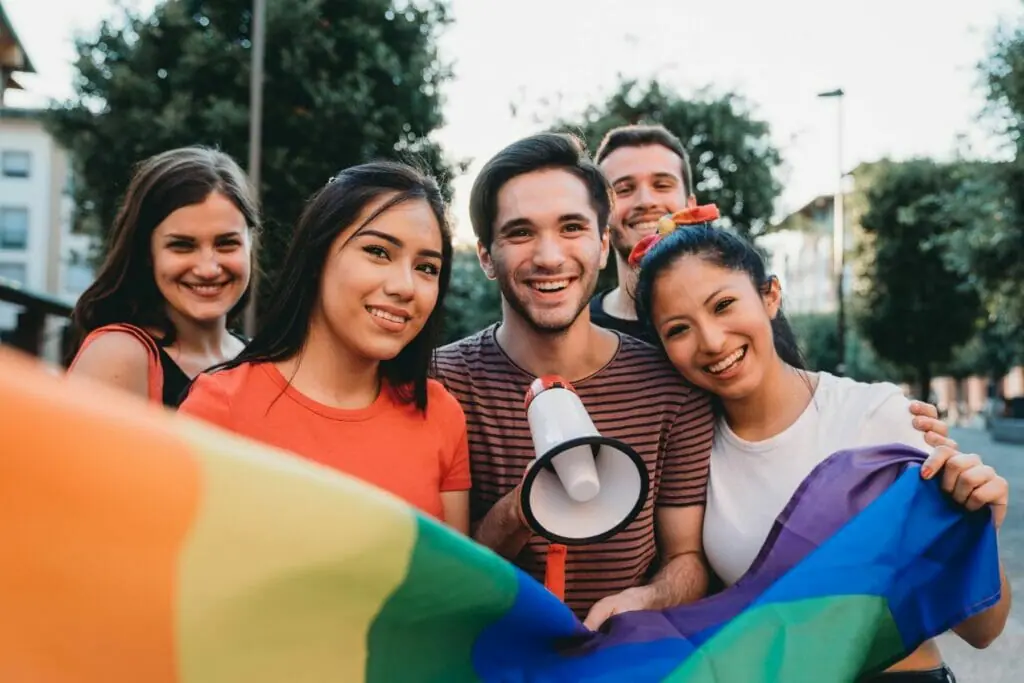
Raise Your Voice and Intervene
Many people make anti-LGBTQ jokes or statements that may hurt someone. It’s not uncommon for LGBTQ+ people to say they’ve experienced hurtful comments about their gender identity or sexual orientation. If someone says something hurtful or that isn’t true, speak up and correct them. Call out that person rather than wait for the LGBT person to correct them. In a way, it’ll lift the burden from the LBGT+ person you’re with.
Stand up and be Proud
Whether you’re learning how to be an ally to LGBT people or figuring out how to be a feminist ally, pat yourself on the back! Be proud of the progress you’re making. You can show your pride by displaying the LGBT pride flag in your front yard or wearing a rainbow lanyard. Simple actions such as these will help LGBTQ people feel included, comfortable, and affirmed around you. Here’s more of what you can do:
– Stand up to discrimination against LGBTQ+ individuals. Explain why negative remarks against the community can be offensive or wrong. If you can, share something you’ve heard, seen, or read that could help other people understand gender diversity better.
– Create a safe environment at your workplace, school, or community where you can call out harmful stereotyping. LGBTQIA+ people have the right to live visibly and feel safe wherever they choose.
– At work or school, notify your supervisors about procedures and policies that should be updated. For example, many firms still have a male/female designation where gender is concerned. Let your supervisors know that they should change the forms to more gender-inclusive pronouns. Encourage your superiors to adopt a gender-neutral dress code that some gender identities will be comfortable in.
